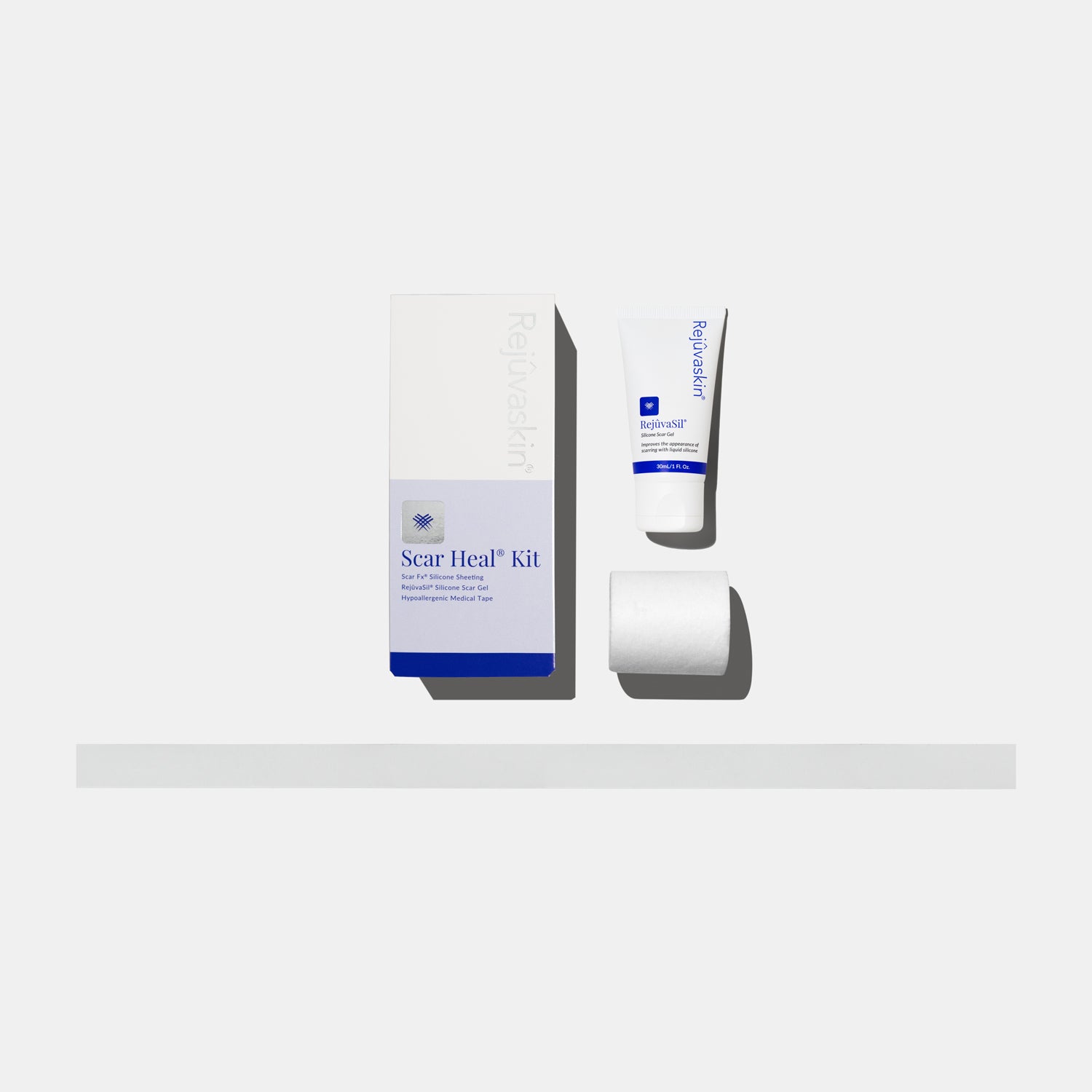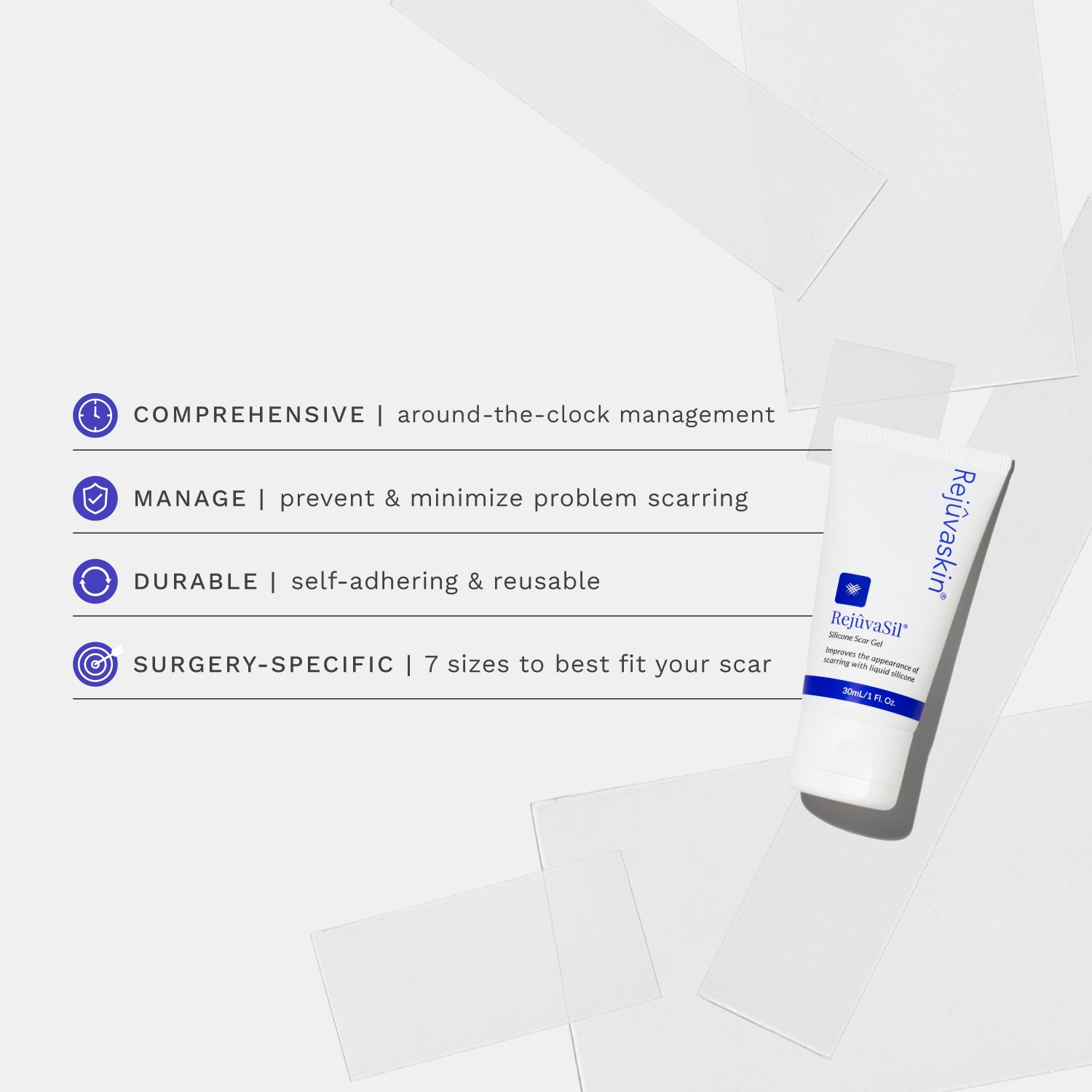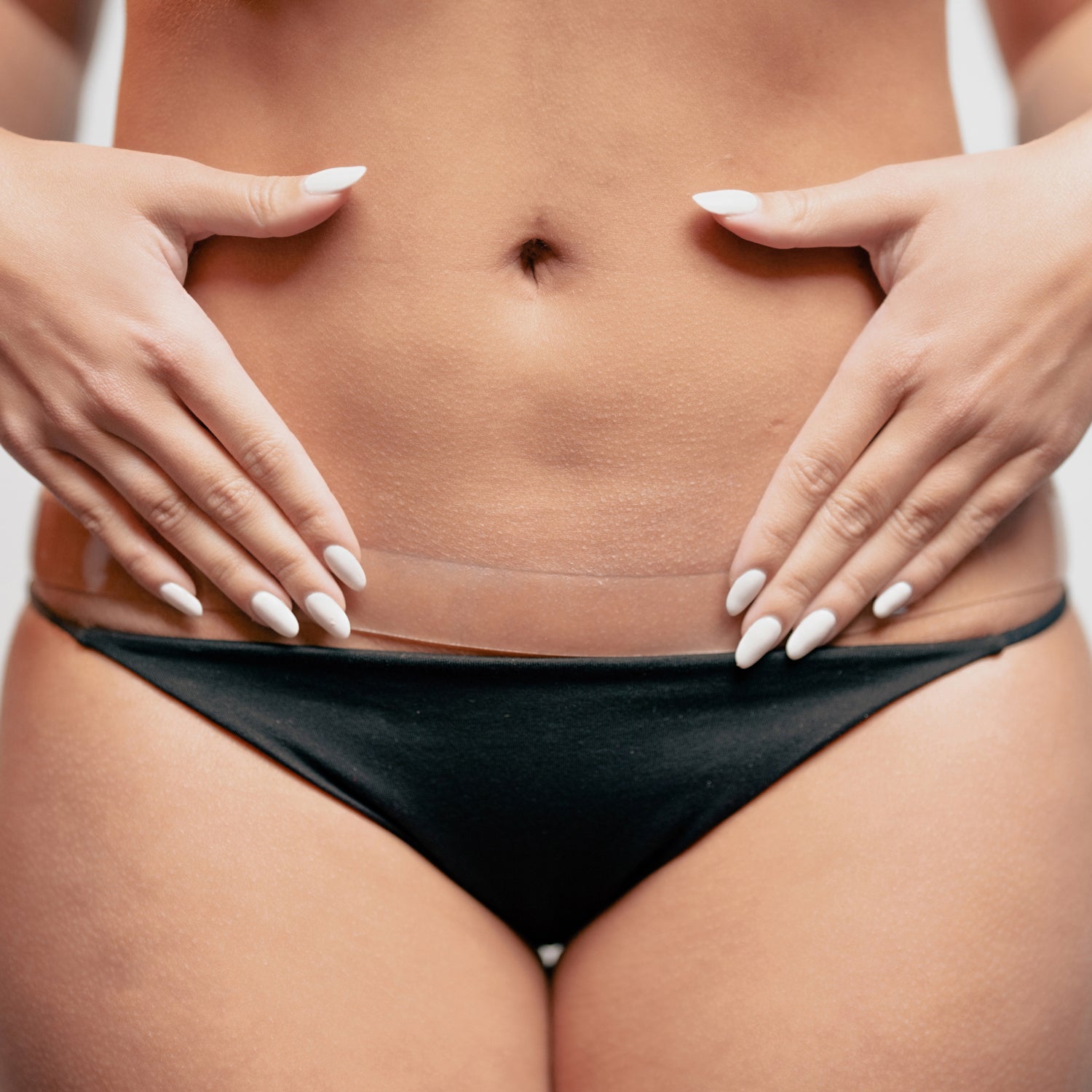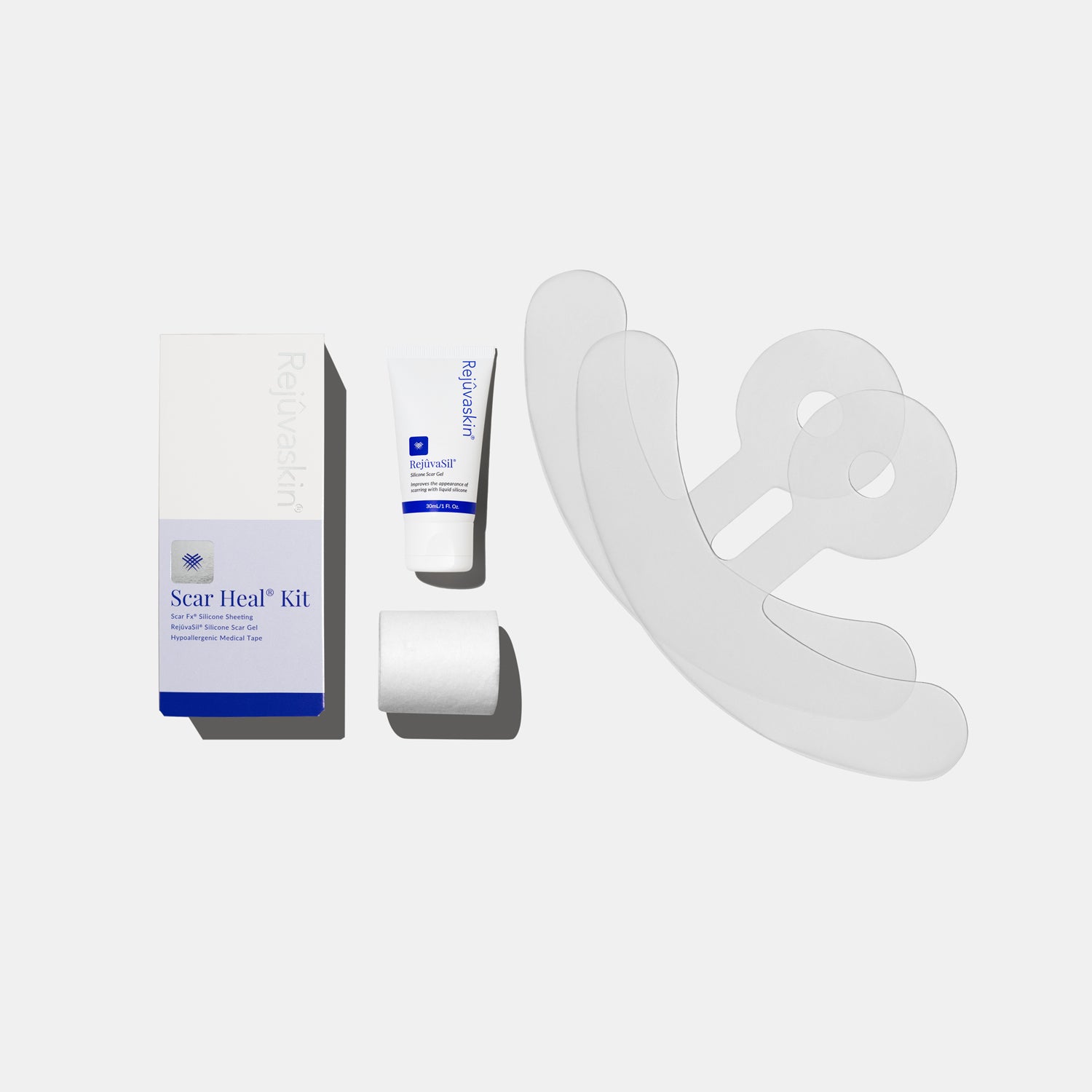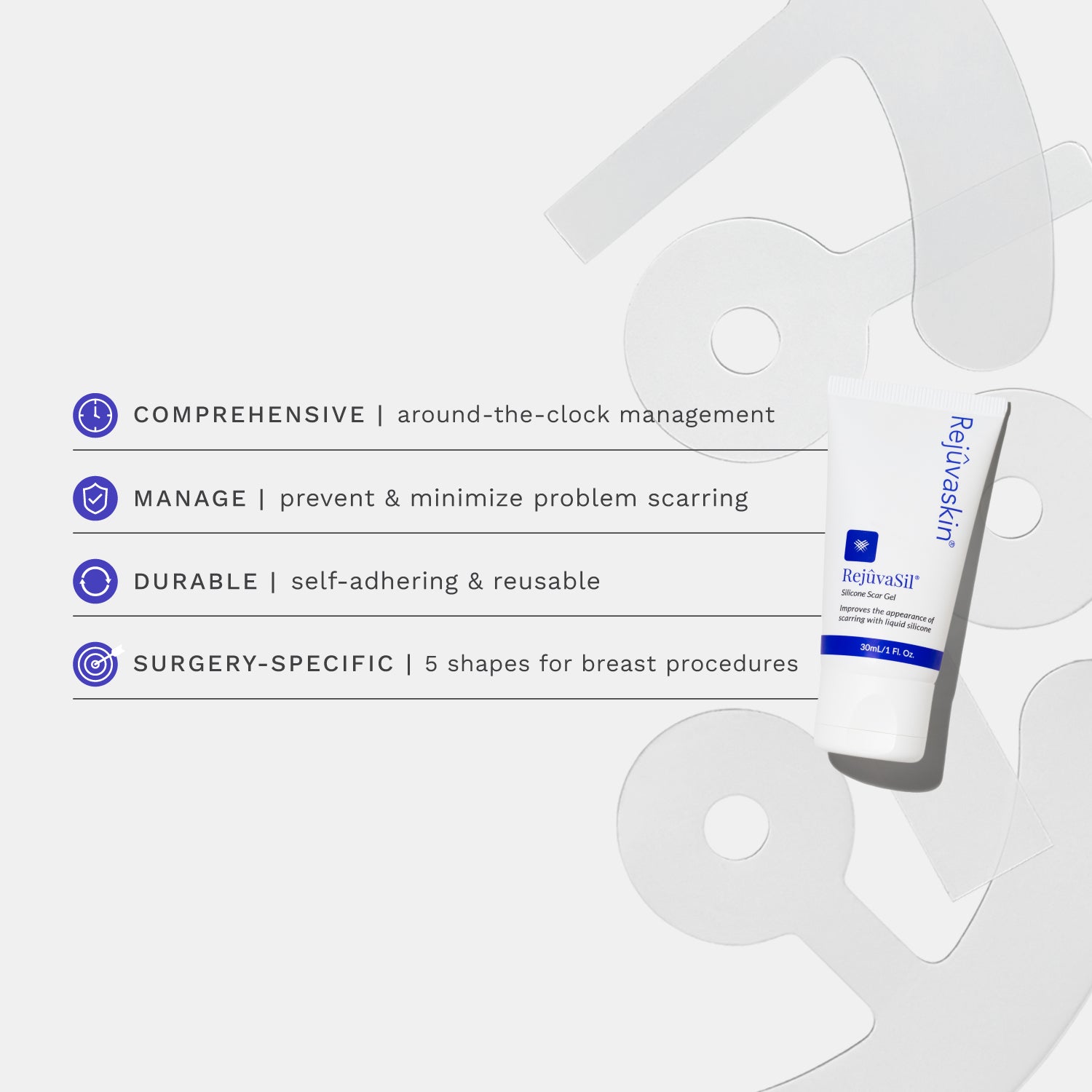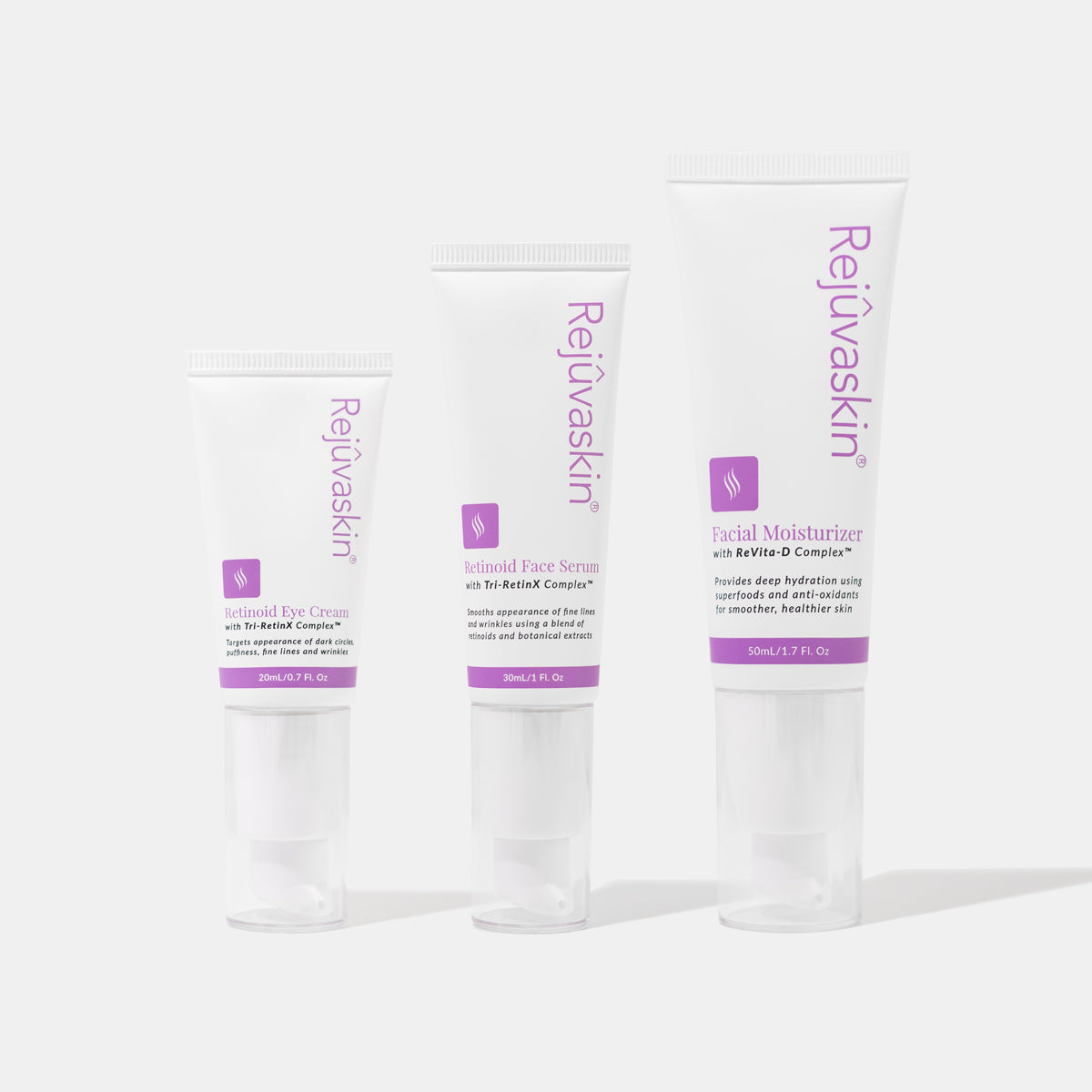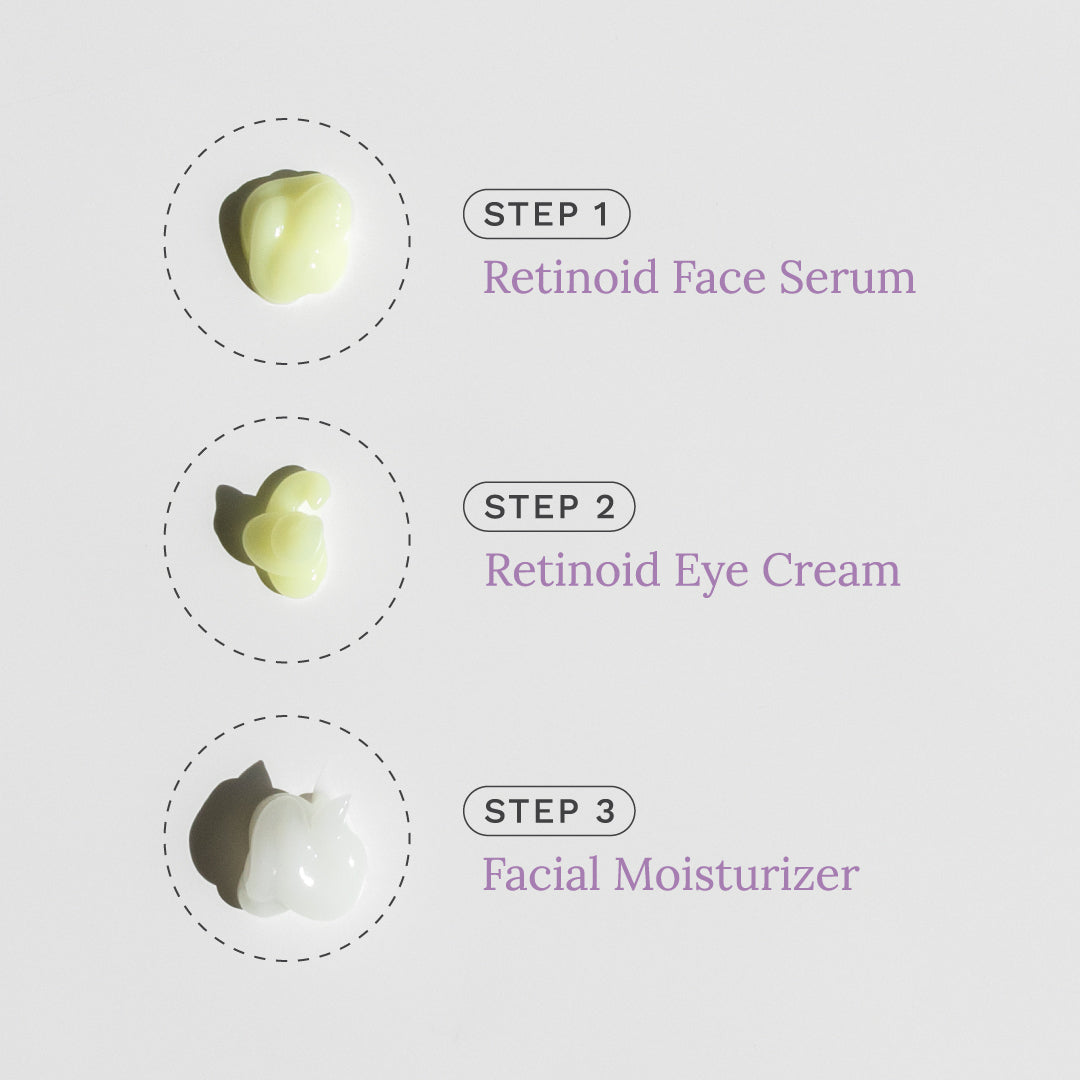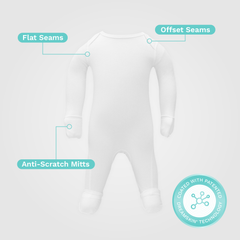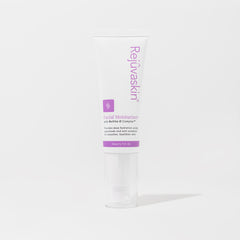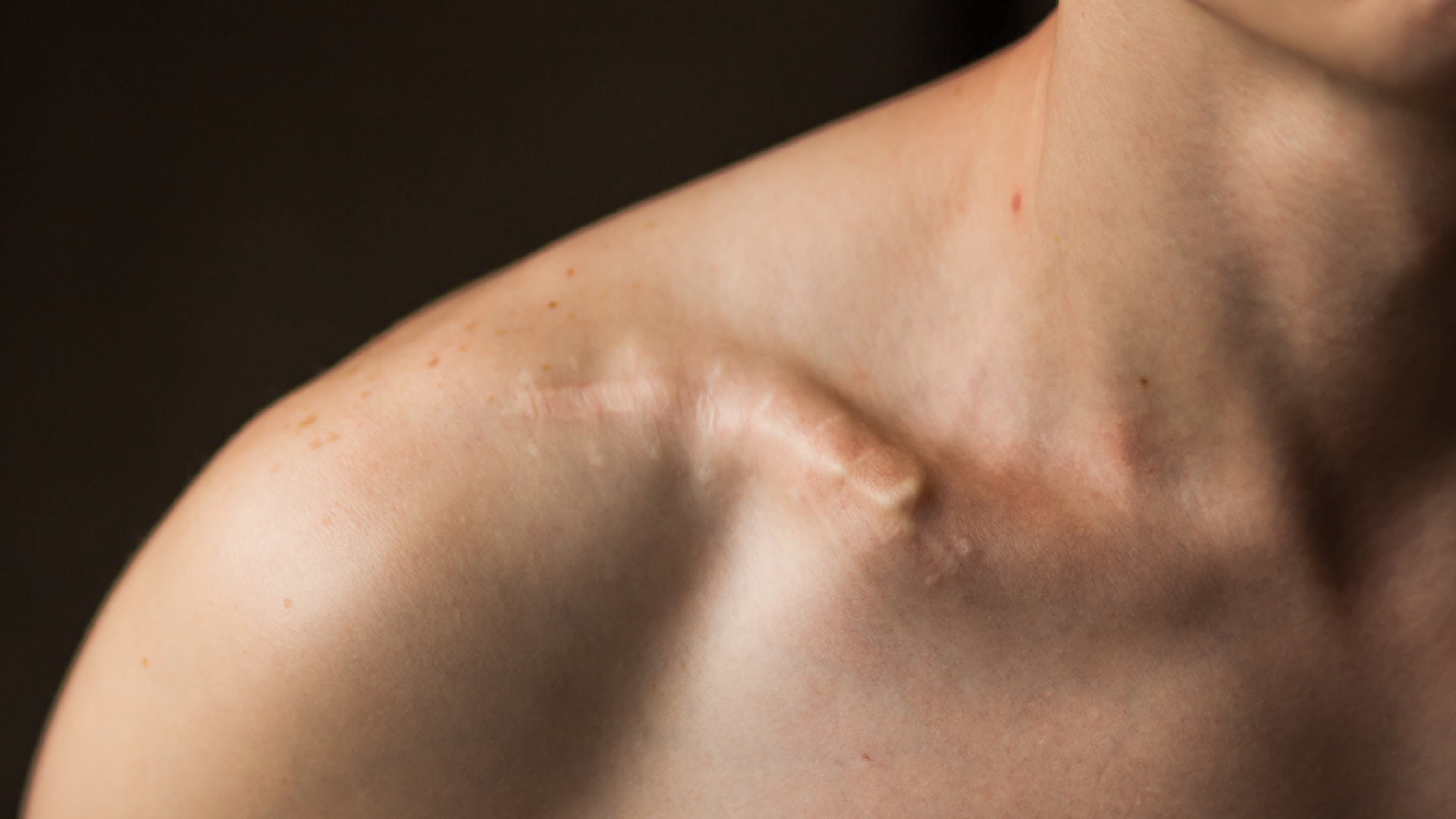Recovering from surgery, injury, or trauma is a multifaceted journey that encompasses both physical healing and emotional resilience. For individuals committed to maintaining an active lifestyle, it is crucial to balance movement with thoughtful scar management practices.
At Rejûvaskin, we believe that healing and thriving should go hand-in-hand. With the right approach, individuals can confidently continue exercising while supporting optimal scar recovery.
How Exercise Impacts Scar Healing
Exercise offers considerable benefits during the recovery phase by promoting circulation, oxygenation, and nutrient delivery to healing tissues (Surveyer & Clougherty, 1983).
However, newly healing skin is fragile and vulnerable to stressors such as:
-
Friction from repetitive movements or tight clothing
-
Sweat accumulation, increasing the risk of irritation or infection
-
Mechanical tension, potentially causing widened or raised scars
-
Ultraviolet radiation (UVR), exacerbating scar pigmentation and visibility
Proactive care is essential to prevent exacerbation and ensure smooth, healthy scar maturation.
Five Evidence-Based Strategies for Scar Care During Exercise
The following practices, supported by clinical research, can help safeguard healing scars while maintaining an active lifestyle:
1. Establish a Protective Barrier with Medical-Grade Silicone
Medical-grade silicone has long been regarded as the gold standard for non-invasive scar management. Clinical studies demonstrate that early application of silicone sheeting leads to improved vascularity, reduced pigmentation, and faster scar maturation (Parry et al., 2013).
Professional Recommendation:
Apply Rejuvaskin Scar Fx® Silicone Sheeting over the scar before exercise, securing it under breathable, loose-fitting clothing to minimize friction and mechanical stress.
2. Gentle Cleansing After Exercise
Post-workout, it is essential to cleanse the scar area using a mild, fragrance-free cleanser to remove sweat and bacteria without disrupting fragile tissue. Pat the area dry rather than rubbing it.
Follow cleansing with Rejuvaskin Advanced Scar Gel, a formulation that combines medical-grade silicone with soothing botanicals to maintain optimal hydration and protection.
3. Vigilant Sun Protection
New scars are highly susceptible to UV damage, which can result in long-term hyperpigmentation.
Consistent use of a broad-spectrum, mineral-based sunscreen is critical.
Apply Rejuvaskin Mineral Facial Sunscreen SPF 32 before any outdoor activities, even on cloudy days, to shield healing scars from harmful ultraviolet rays.
Additional Tip:
Physical barriers such as UV-protective clothing further enhance protection during outdoor workouts.
4. Select Movement Carefully
Low-impact activities such as walking, yoga, and stationary cycling promote blood flow while minimizing tension on healing scars.
If scars are located over joints (e.g., knees, elbows), utilizing light compression sleeves over silicone sheeting can help prevent excessive stretching during exercise.
Evidence supports that mechanical stress from exercise, when applied appropriately, may enhance functional outcomes and mobility without compromising scar healing (Karimi, Mobayen, & Alijanpour, 2012).
5. Initiate Gentle Scar Massage Under Medical Guidance
Once approved by a healthcare provider, scar massage can significantly improve tissue flexibility, reduce tightness, and facilitate a smoother appearance (Téot, 2011).
Use clean hands and gentle circular motions—or enhance the benefits with Rejuvaskin Scar Esthetique® Scar Cream, which incorporates peptides and antioxidants specifically designed to support scar remodeling.
Healing with Confidence
The healing process is inherently dynamic and may involve periods of visible change, plateaus, and emotional adjustment. It is important to approach scar care with patience, dedication, and scientifically supported strategies.
By integrating protective measures, evidence-based products, and mindful movement, individuals can safeguard both the aesthetic and functional outcomes of their healing scars—without foregoing their passion for an active life.
At Rejûvaskin, we are committed to providing solutions that empower healing, restore confidence, and support your skin every step of the way.
Works Cited
Surveyer, J. A., & Clougherty, D. (1983). Burn scars. Fighting the effects. The American Journal of Nursing, 83(5), 746-751. link
Parry, I., Sen, S., Palmieri, T., & Greenhalgh, D. (2013). Nonsurgical scar management of the face: Does early versus late intervention affect outcome? Journal of Burn Care & Research, 34, 569–575. link
Téot, L. (2011). The challenge of scar and the search for new means to control healing and scarring. Wound Repair and Regeneration, 19. link
Karimi, H., Mobayen, M., & Alijanpour, A. (2012). Management of hypertrophic burn scar: A comparison between the efficacy of exercise-physiotherapy and pressure garment-silicone on hypertrophic scar. Asian Journal of Sports Medicine, 4, 70-75. link
